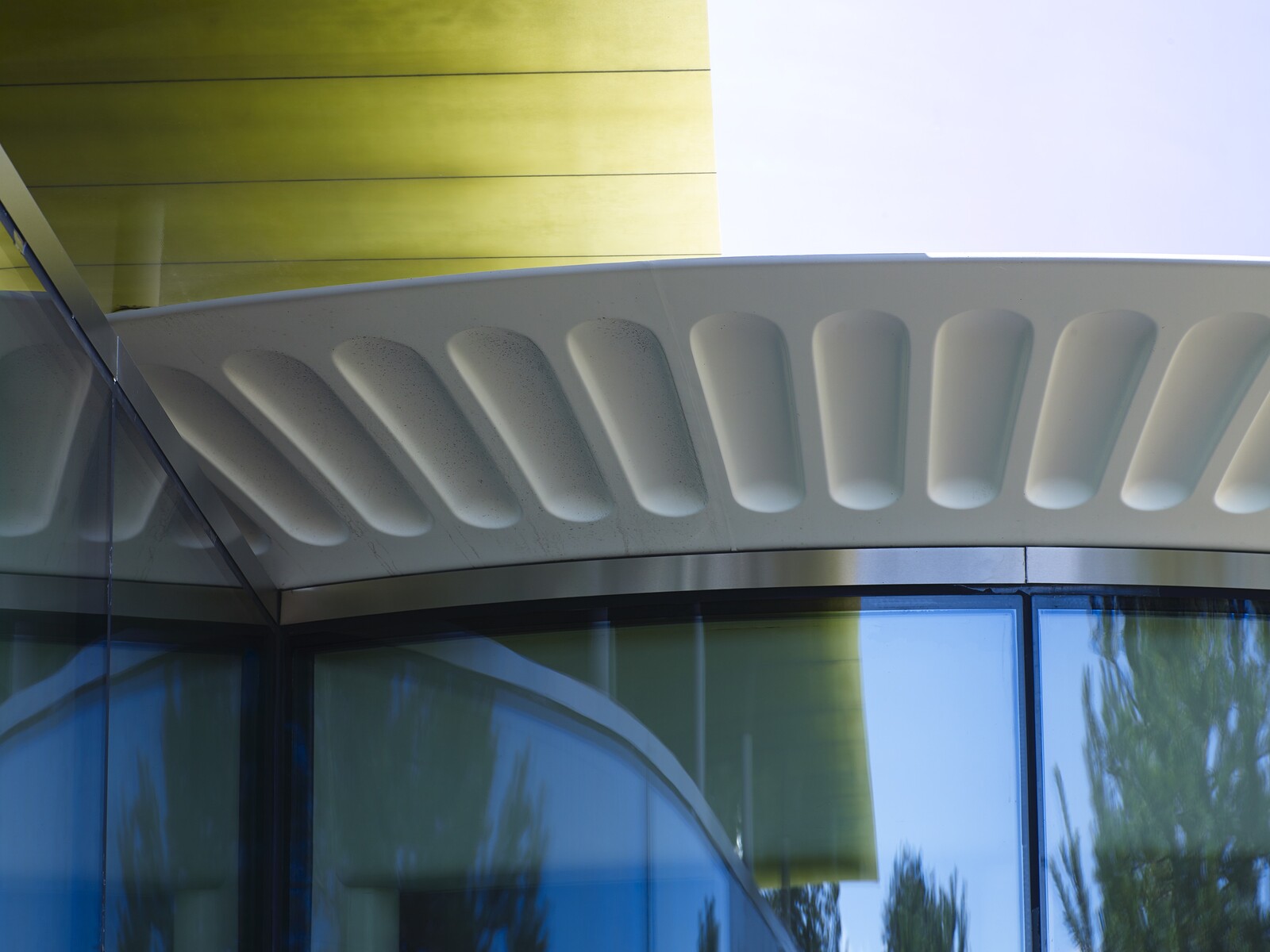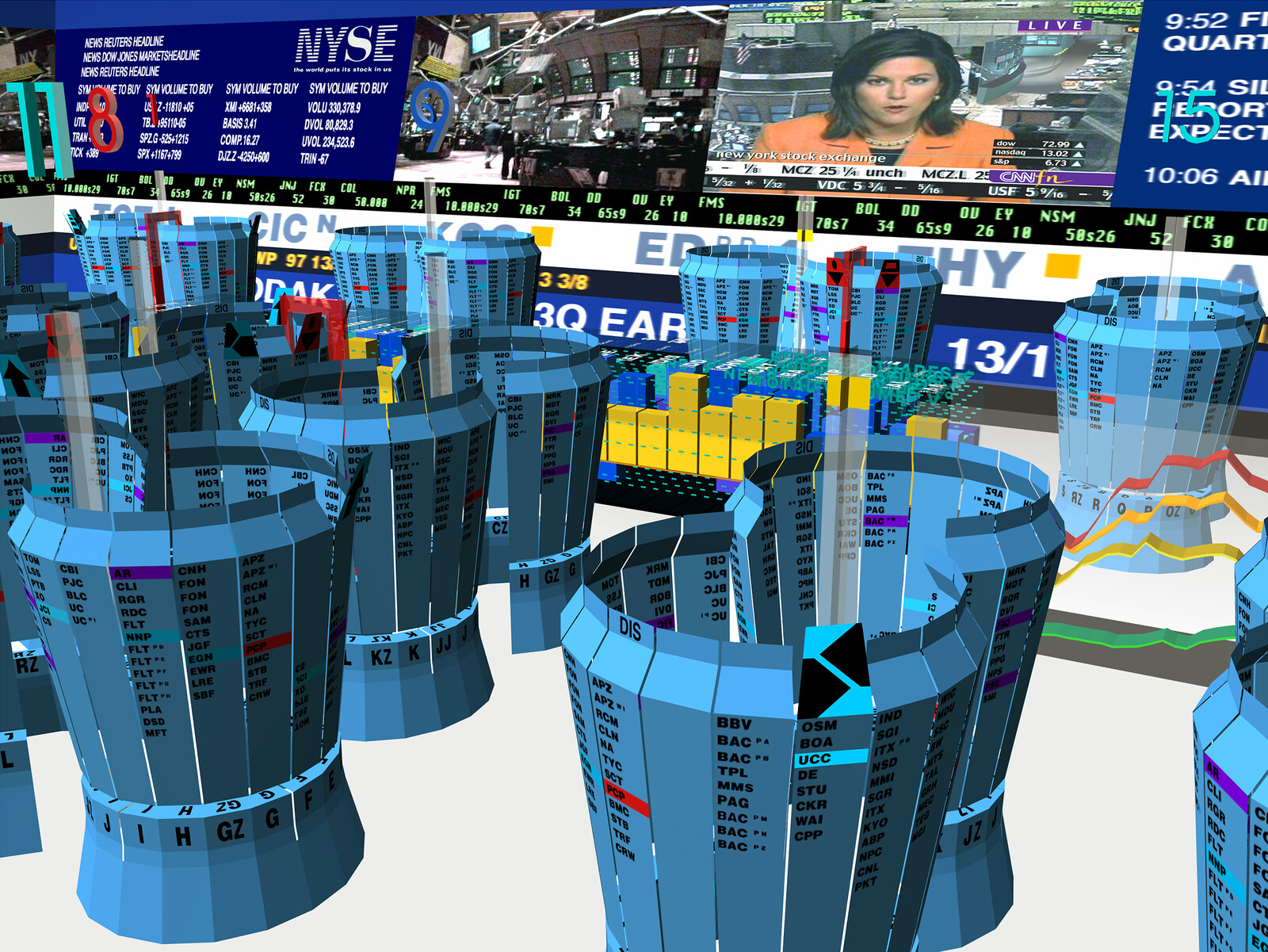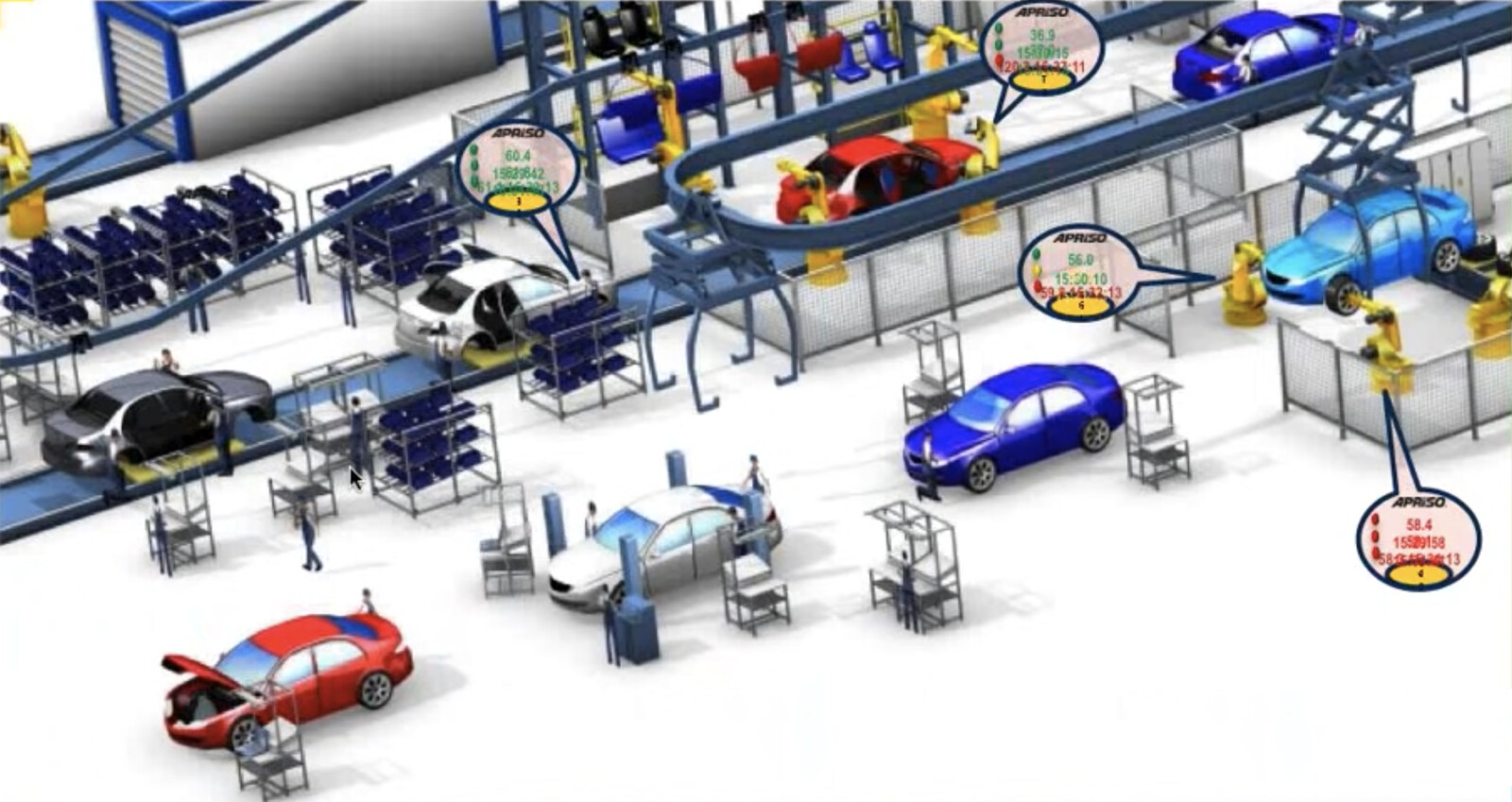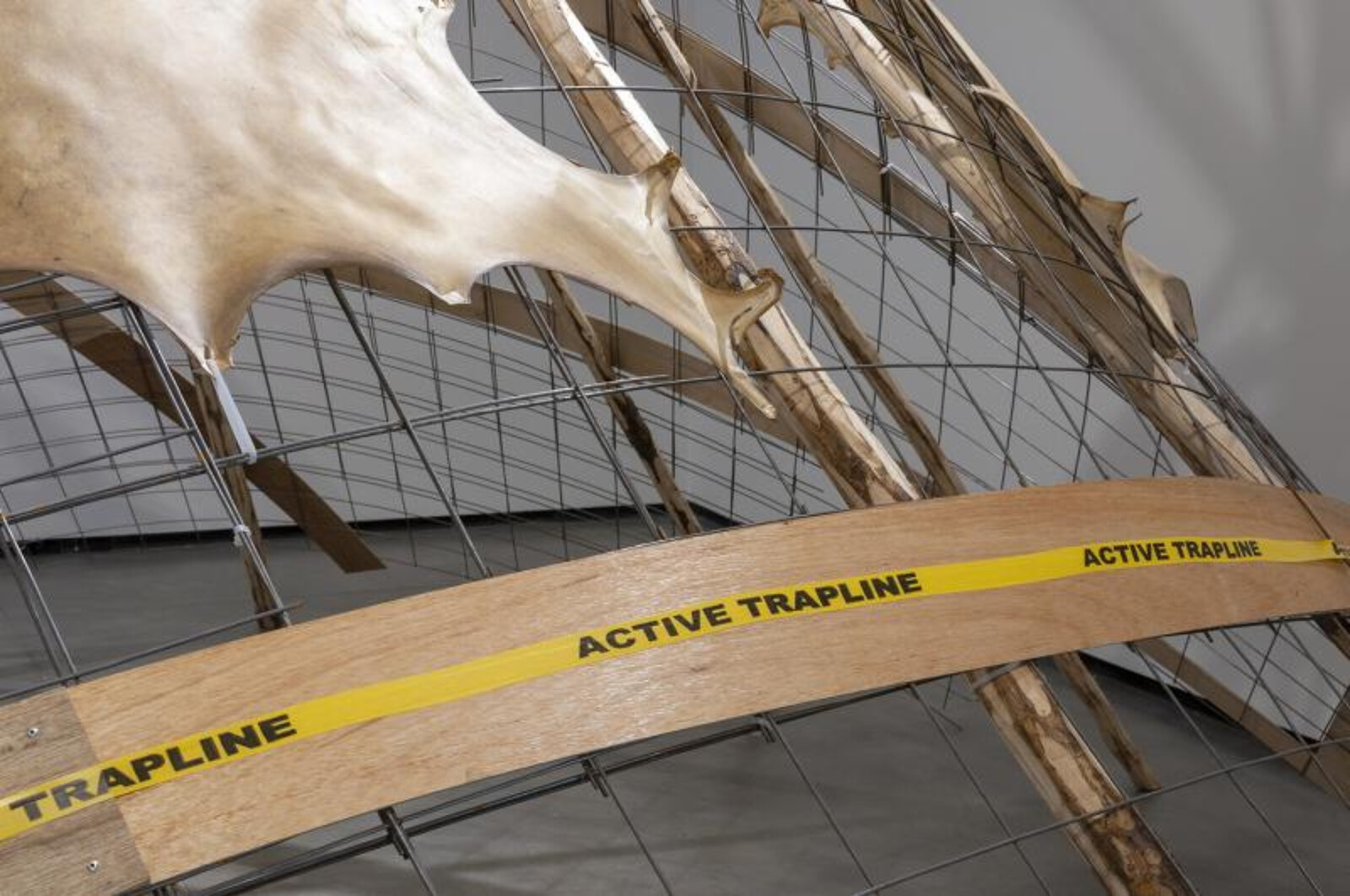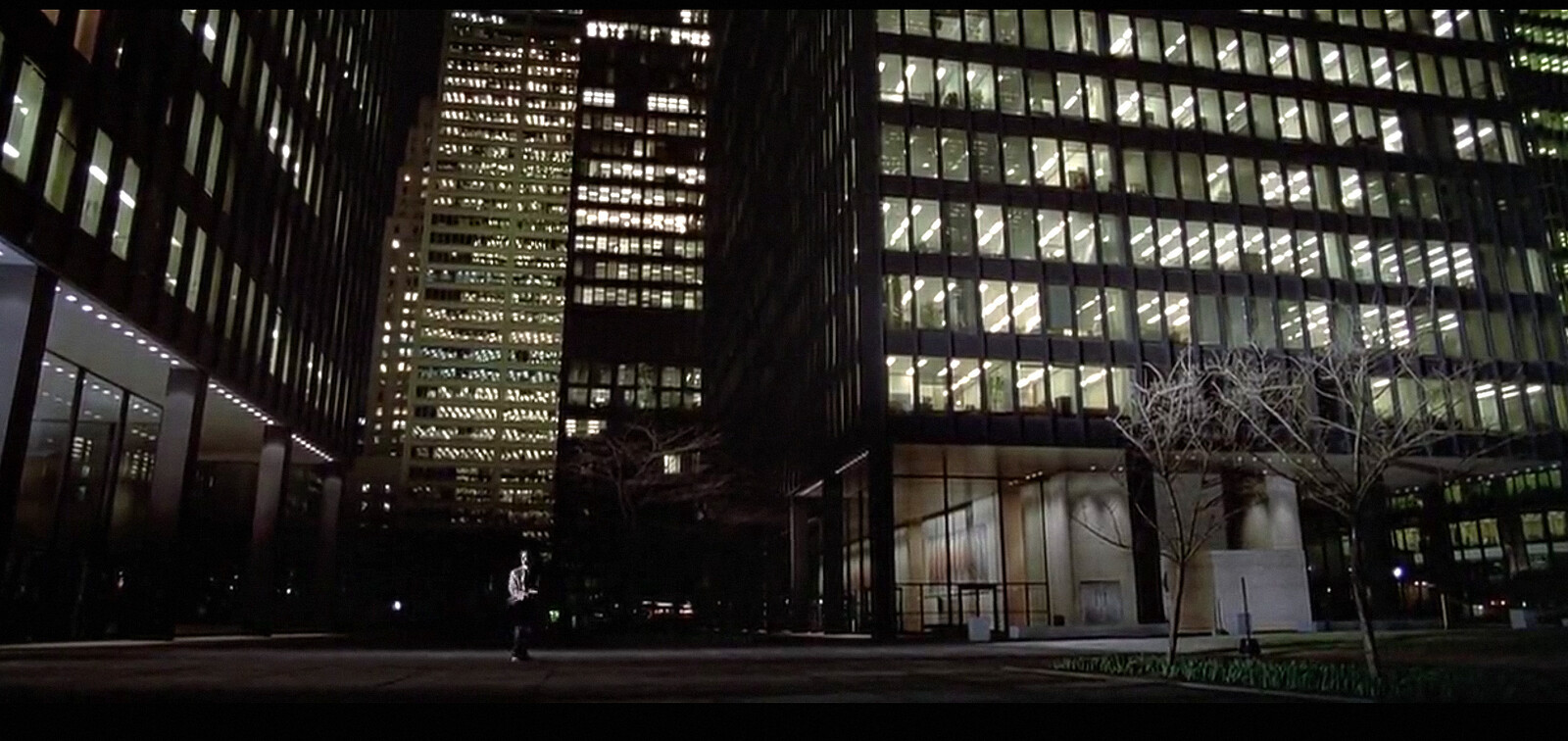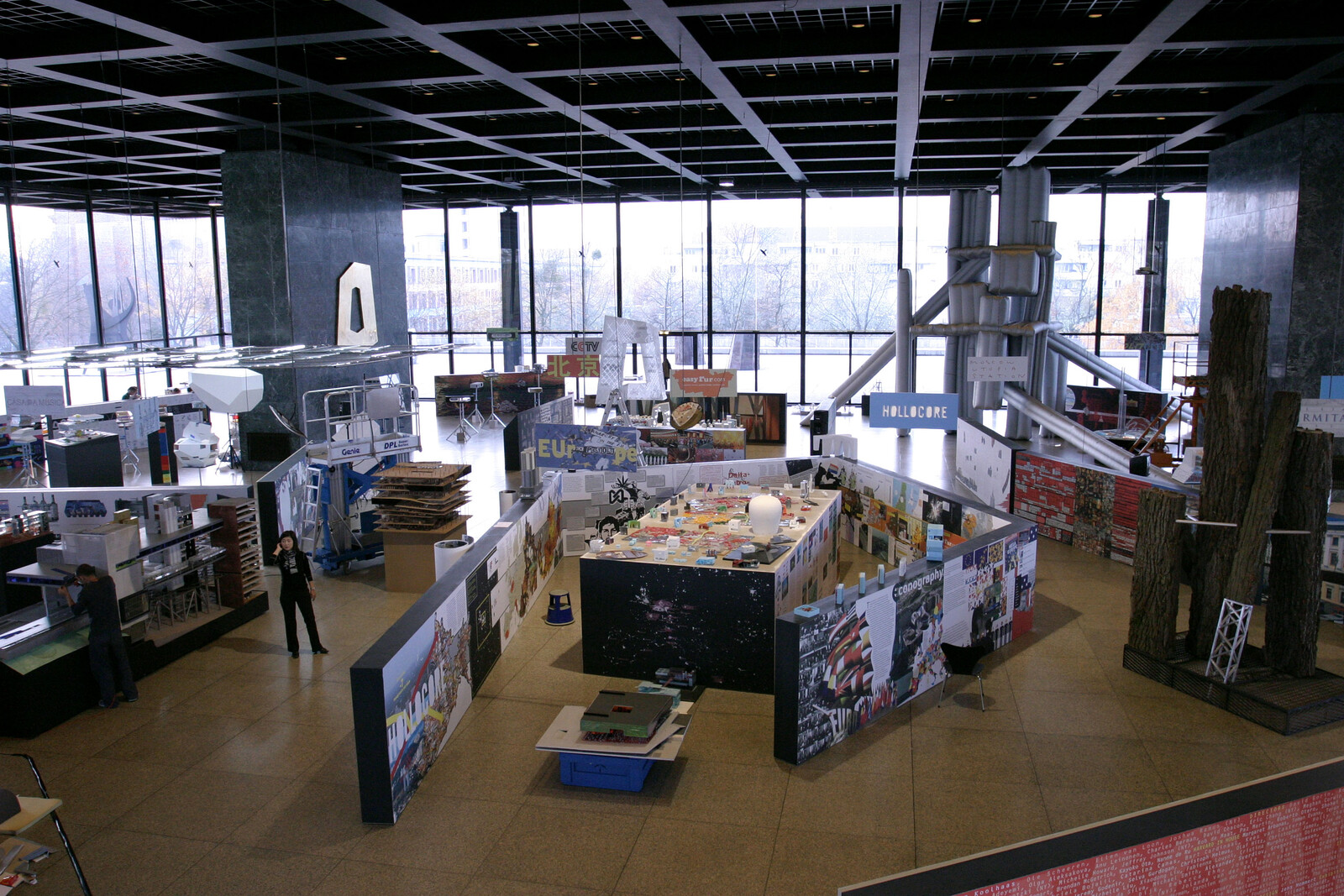On Models is a collaboration between e-flux Architecture and The Museum of Contemporary Art Toronto within the context of its exhibition HOUSE OF CARD by Thomas Demand, featuring contributions by Thea Brejzek and Lawrence Wallen, Jake Chakasim, Penelope Dean, Orit Halpern, Sylvia Lavin, David Theodore, and Albena Yaneva.
Physical scale models made out of cardboard paper or foam are quick instruments that provide architects unique insight into the potential implications of design decisions. They are one of the most effective—and affective—means of experimenting with and communicating architectural ideas, of weighing their merits, of generating consensus, debate, and development. Models, in this sense, are one of the most fundamental tools of practicing—as well as educating—architects around the world. However, the advancement and proliferation of digital technology has fundamentally altered the position and role of models within the architectural discipline.
While the thickness of a piece of paper is not always the exact thickness of the element it is meant to represent, it nevertheless has a thickness, it has a weight, it has a materiality, which is inherently taken into consideration when building a physical model—if not as approximation, then as difference, as constraint. In three-dimensional modeling software, a line is nothing but a line, a surface is nothing but a surface, unless it is given supplemental meaning. By making fundamental concerns such as scale, materiality, and tectonics contingent—if not irrelevant—such technologies have dramatically repositioned the role of models within the conceptualization, development, and realization of architecture.
Models always point elsewhere, to something else. They are representations. But over the past decade or so, digital modeling software has advanced to the point where it is not always clear what represents what; whether the model represents the building or the other way around. By incorporating unprecedented levels of detail and constraint, “building information” models (BIM) not only represent the idea of a building, but its reality. Architecture brings together a multitude of different and sometimes conflicting materials, components, elements, and systems into a single working whole. BIM models allow for this formal, spatial, and technical complexity to not only be resolved in advance, preemptively avoiding oversights or misunderstandings in the collaboration of experts that might otherwise lead to potential delays, budget overruns, etc. In what is called a “digital twin,” they can also monitor the building after construction is over and occupation has begun, alerting the building manager when something isn’t working as it should.
The dialectic between building and modeling is only furthered by the fact that it is not just architectural models that inform the broader structures we think of as architecture. Real estate financial models have increasingly come to shape our cities, determining what gets built more than any architect possibly can, while social models have long influenced how and where our cities are developed, not to mention by who. At the same time, business models persuade architectural practices to take on certain types of projects over others, and while often overridden by other models, climate models do tell us how and where we should build.
When our built environments represent so many models, it begins to look and feel like it. Not only that, but once models become built, they begin to serve as the referential baseline for future modeling, and building, and modeling, and building… While there may never have been an original in the first place, we live recursive loops of representation. It should be no surprise then that our cities have begun to resemble nothing more than a cardboard paper model, with places whose identity falls somewhere between the here and elsewhere, between the specific and the abstract.
On Models is a collaboration between e-flux Architecture and The Museum of Contemporary Art Toronto.
